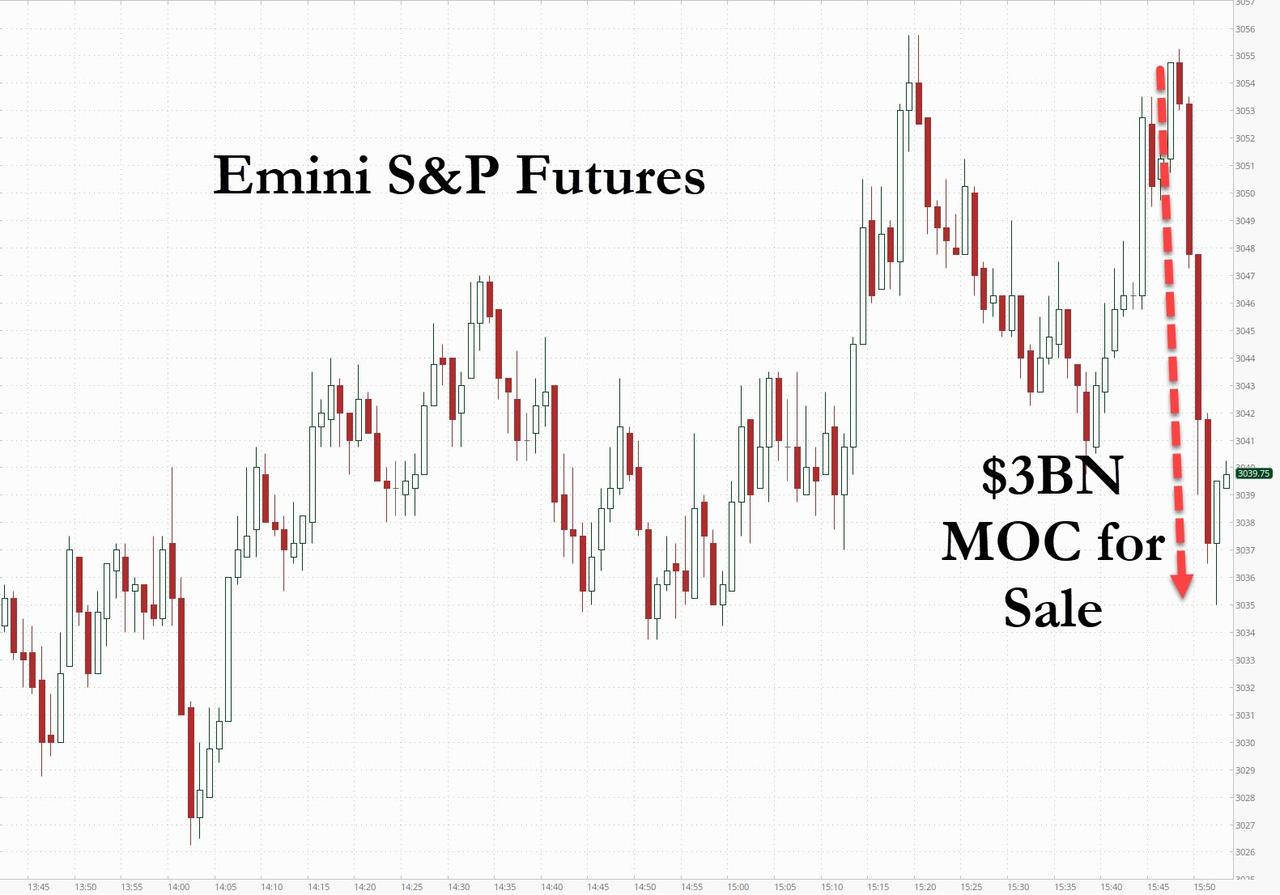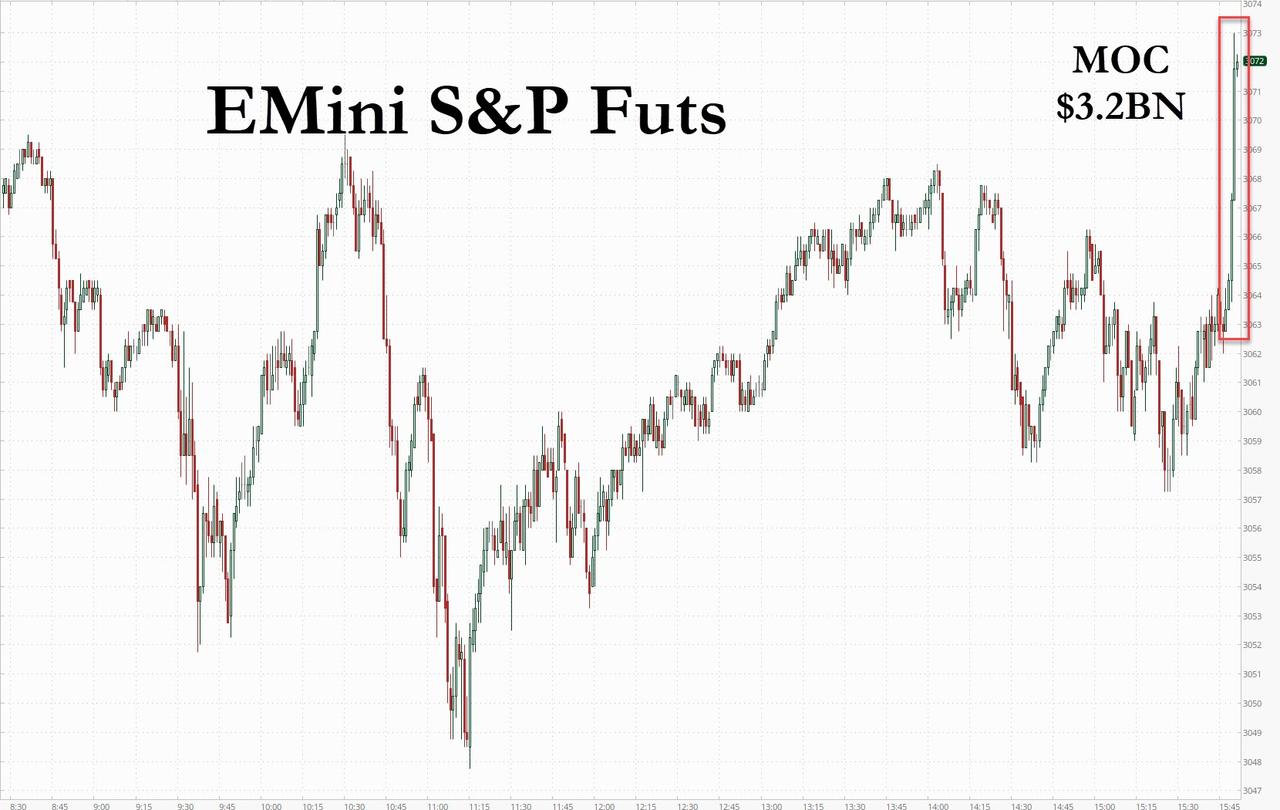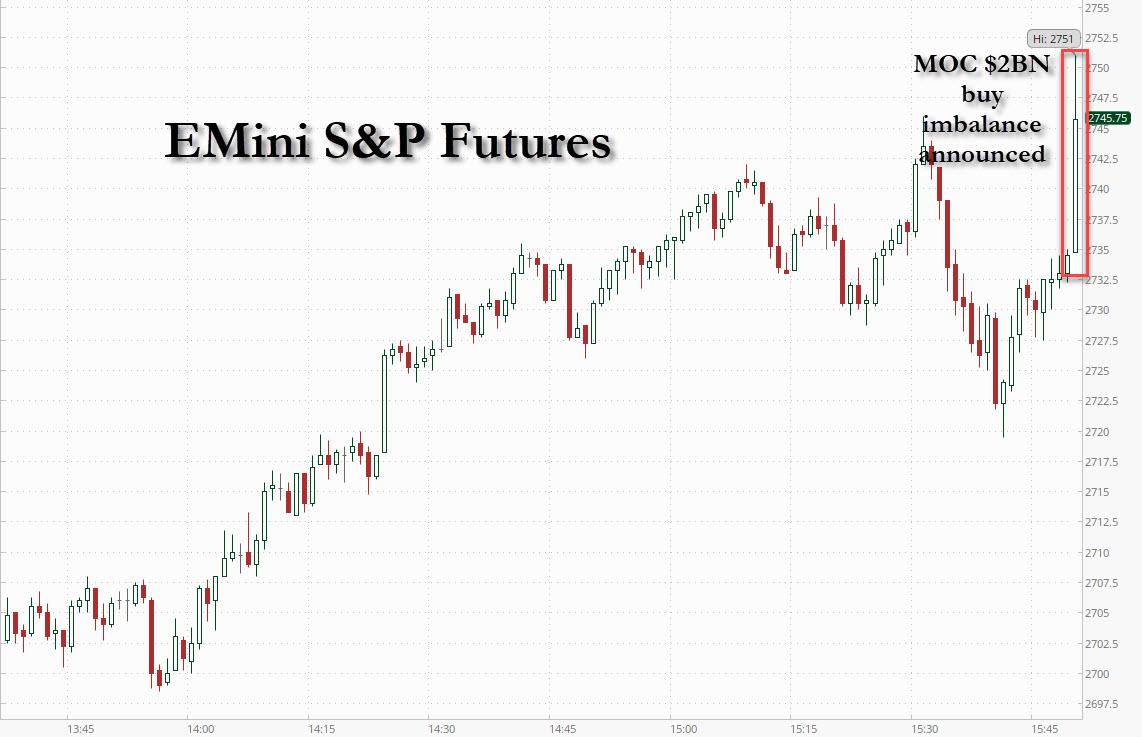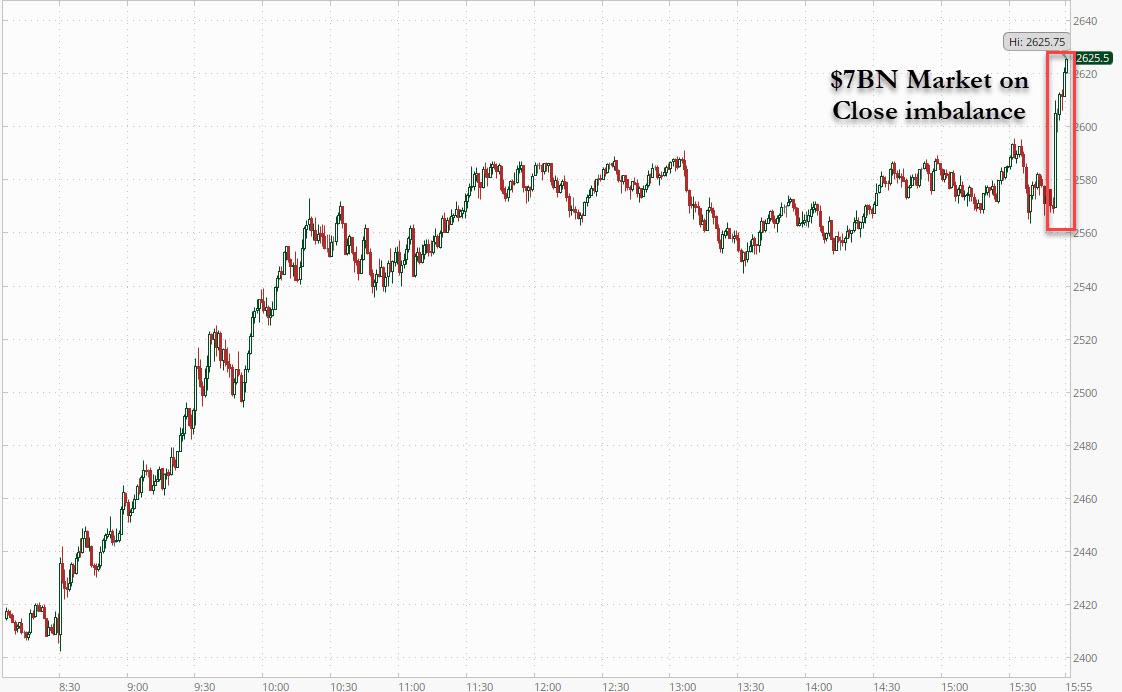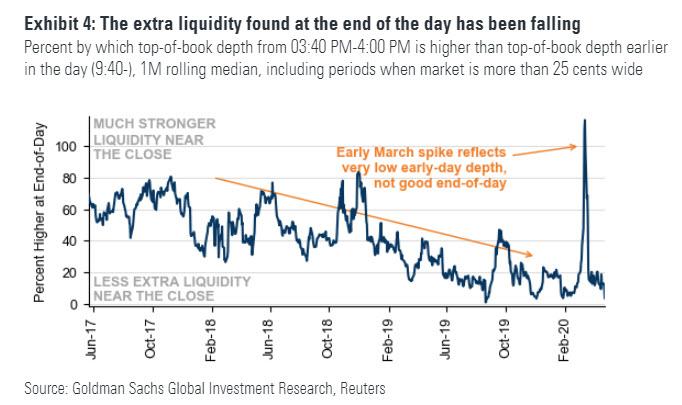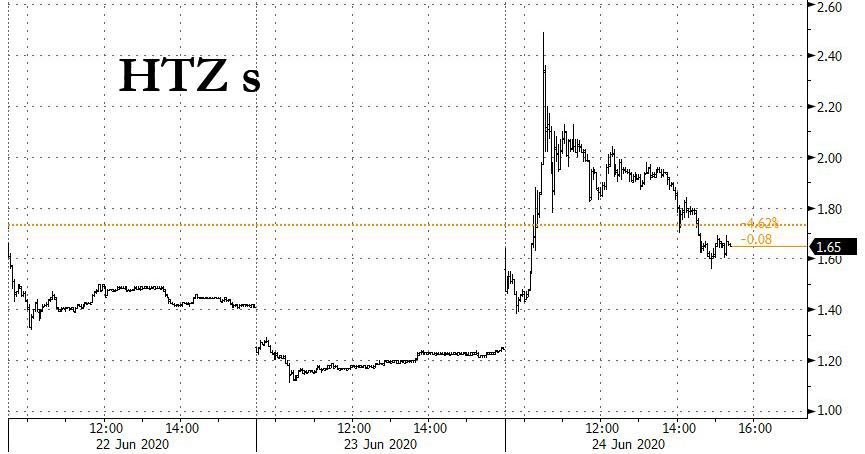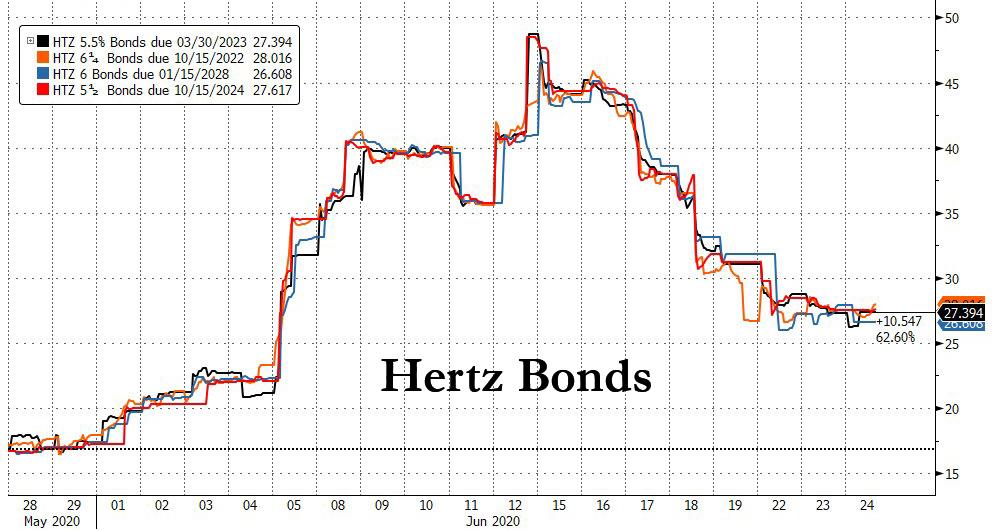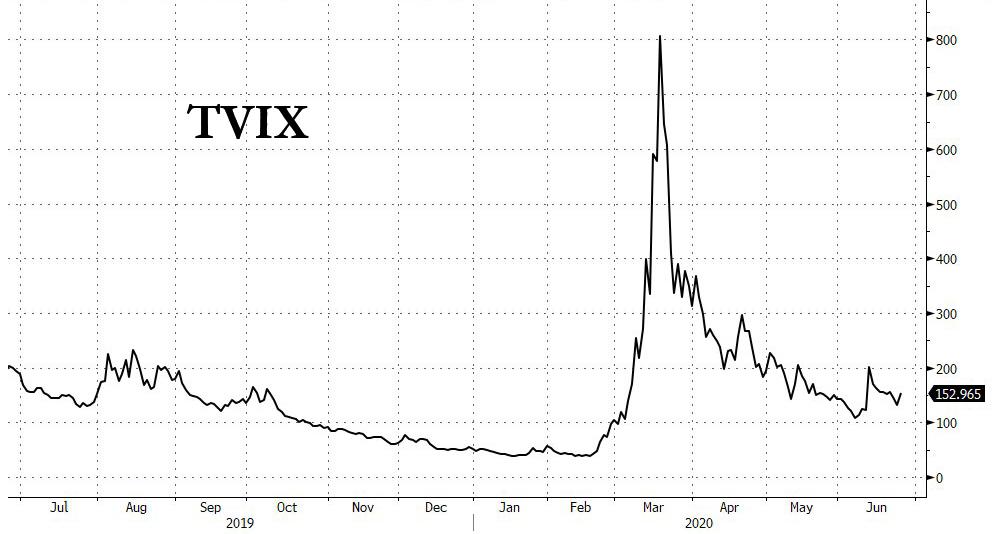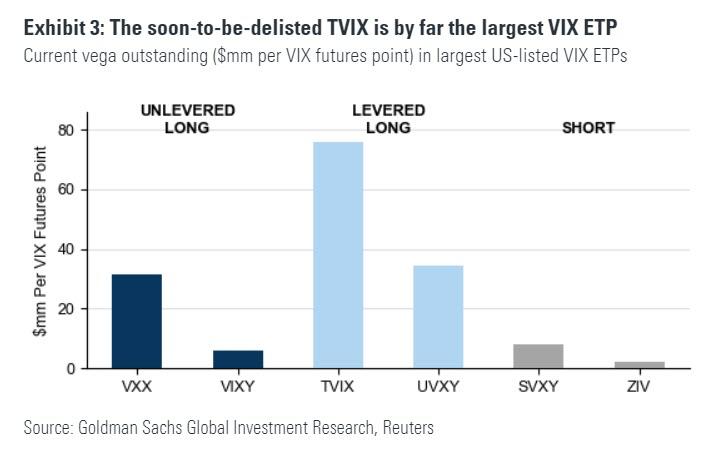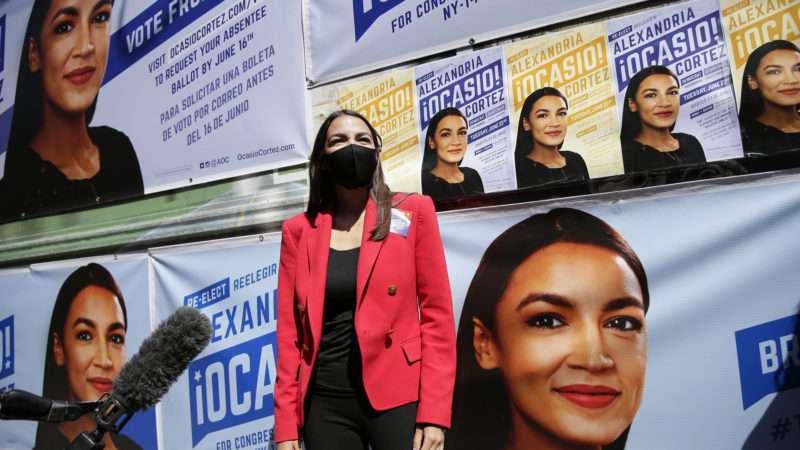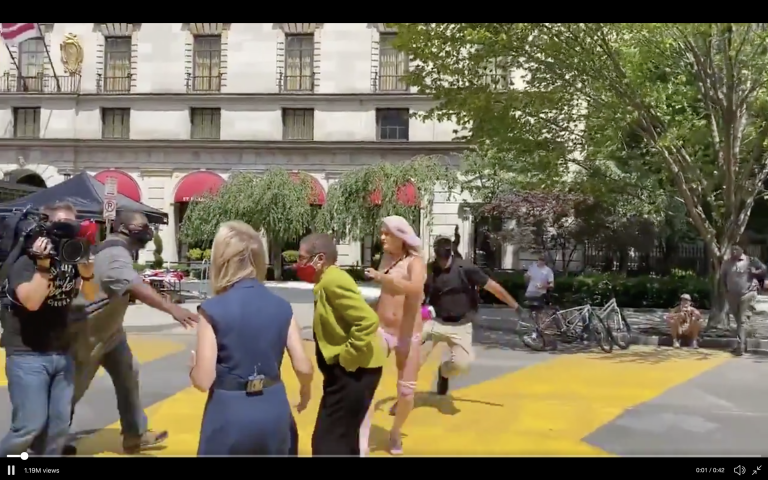Texas Gov. Greg Abbott (R) is officially alarmed by the continuing rise in his state’s daily tally of confirmed COVID-19 cases, which yesterday totaled nearly 5,500, a new record. Nationwide, newly detected infections have been rising this month, but the upward trend in Texas is especially striking. Abbott warns that new restrictions may be necessary to curb the outbreak, which he says is driven largely by young people who are flouting social distancing guidelines.
That explanation highlights a conflict between the interests of Texans who face very little personal risk from the COVID-19 virus and the interests of Texans who are especially vulnerable to the disease. But it also highlights the conflict between preventing virus transmission and achieving herd immunity, which would ultimately protect high-risk groups from a potentially deadly threat.
The shifting age distribution of COVID-19 infections in Texas and several other states suggests that herd immunity might be achieved without a big increase in deaths, assuming that people in high-risk groups can be adequately protected in the meantime. Opponents of that strategy, which involves trading more deaths now for fewer deaths later, argue that it’s reckless because we can’t be sure what the net effect will be. They add that preventing transmission buys time to develop better treatments and deploy an effective vaccine, an approach that could reduce the ultimate death toll.
As a Texas resident whose wife takes an immunosuppressive medication for a neurodegenerative disease, I have a personal stake in this debate. Given my age and health status, my own risk of dying from COVID-19 is low. It is even lower for our three daughters, who range in age from 14 to 27. Our oldest daughter, who had symptoms consistent with COVID-19 in March, may already be immune; she is waiting for the results of an antibody test. But because we are trying not to kill my wife (we are very considerate that way), we have been extra cautious about limiting our interactions with other people, even as legal restrictions on movement and economic activity have been lifted.
At the same time, I can understand the perspective of young, healthy people who chafe at social distancing rules of uncertain duration. Abbott notes that Texans younger than 30 account for a growing share of new infections. “There are certain counties where a majority of the people who are tested positive in that county are under the age of 30, and this typically results from people going to bars,” he said during a press conference last week. He suggested that the dramatic increase in cases that Texas has seen since late May can be traced to gatherings on Memorial Day weekend, when people who might not have seen each other for months got together in close proximity.
Those people have been widely portrayed as reckless idiots who do not consider the danger they could pose to their grandparents or other vulnerable people by picking up and transmitting the virus. While their own symptoms are apt to be mild or nonexistent, that may not be true of people they subsequently encounter, and their own resilience makes it more likely that they will carry the virus without realizing it. If they are not scrupulous about avoiding close contact with vulnerable people, they could unwittingly endanger their lives.
All of that is true, which is why I am especially keen to keep my wife from interacting with young people who behave the way that young people tend to behave. But it may be too much to expect them to indefinitely suspend their social lives because of a disease that poses very little risk to them or their friends. And while I doubt they are motivated by a prosocial desire to protect high-risk individuals through herd immunity, that could be an unintentional side effect of their self-interested defiance. Over the short term, they are raising the risk to vulnerable people by increasing the prevalence of the virus. But over the longer term, they could be protecting those people by increasing the prevalence of immunity and cutting chains of transmission.
I am not at all sure that’s a risk worth taking, since the answer depends on how many more infections are necessary to achieve herd immunity and how soon effective treatments and vaccines will be available. But we may not have a choice.
If rising infections in states such as Texas, California, Arizona, and Florida (which yesterday saw a record increase in new confirmed cases) represent a new normal rather than a one-time jump tied to social gatherings on Memorial Day weekend, it will be hard to put the genie back in the bottle, regardless of any legal restrictions politicians decide to reimpose. Given the impracticality of mass enforcement, social distancing has always required voluntary compliance, and the willingness to comply seems to be waning, partly because of sheer impatience but also because the experience with ham-handed, economically devastating, and frequently arbitrary lockdowns has left many people bitter and disinclined to follow official recommendations.
Assuming that large numbers of Americans are not willing to sit tight until vaccines and/or better treatments can be deployed, what will that mean for the COVID-19 death toll? On that score, there is some reason for (relative) optimism.
While I could not find data breaking down new Texas cases by age, the changing distribution of total cases confirms Abbott’s point that newly infected people are younger now than they were earlier in the epidemic. As of yesterday, people older than 65 accounted for 15 percent of total confirmed cases in Texas, down from 22 percent on April 21. The share of cases involving people younger than 40 rose from 32 percent to 41 percent during the same period. Consistent with Abbott’s gloss, the biggest jump was in 20-to-29-year-olds, whose share of all confirmed cases rose from 13 percent to 17 percent.
Those comparisons understate the change in recently detected infections, which is the relevant consideration in projecting COVID-19 deaths. In Florida, the median age of newly identified patients plummeted from 65 in early March to 35 last week. In California, according to an analysis released last week, 44 percent of newly diagnosed cases involved people 34 or younger, up from 29 percent a month earlier. The share of new cases involving people older than 50, meanwhile, fell from 46 percent to 30.5 percent.
Why is that good news? Last month the U.S. Centers for Disease Control and Prevention (CDC) estimated that the risk of death for people with COVID-19 symptoms is just 0.05 percent among patients younger than 50. That risk rises to 0.2 percent among 50-to-64-year-olds and 1.3 percent among people 65 or older. In other words, those reckless idiots getting together in bars are correct in thinking that the risk for them is negligible, even if they overlook the fact that the risk for the oldest age group is much higher—26 times as high, according to the CDC’s estimate.
While recent increases in COVID-19 infections can be expected to result in some additional deaths in the next few weeks, the consequences will not be nearly as bad as they would be if the new patients were older. The changing age distribution of cases helps explain why the nationwide tally of daily COVID-19 deaths, which has fallen dramatically since April, continued to decline long after states began lifting their lockdowns at the end of that month. Youyang Gu’s epidemiological model, which has a good track record of predicting COVID-19 fatalities, currently projects that daily deaths in the United States will continue to decline until early July, then rise through mid-August, exceeding the current level by late July, before declining again through September, dropping below the current level by the middle of that month.
“With younger age of recent infections in at least some places such as Florida,” former CDC Director Tom Frieden tweeted this week, “expect a lower death rate in this wave…until the 20-40-year-olds who are infected today go on to infect others.” The implication is that we will eventually see a big surge in COVID-19 deaths as younger, healthier Americans relatively unscathed by the virus pass it on to others who are more vulnerable. But that is not a foregone conclusion. As always, it depends on the precautions that people take, and the onus for those seems to be shifting from the population at large to people in high-risk groups. We can debate whether or not that is fair, but it will not change the reality.

from Latest – Reason.com https://ift.tt/2Z9Efm9
via IFTTT
